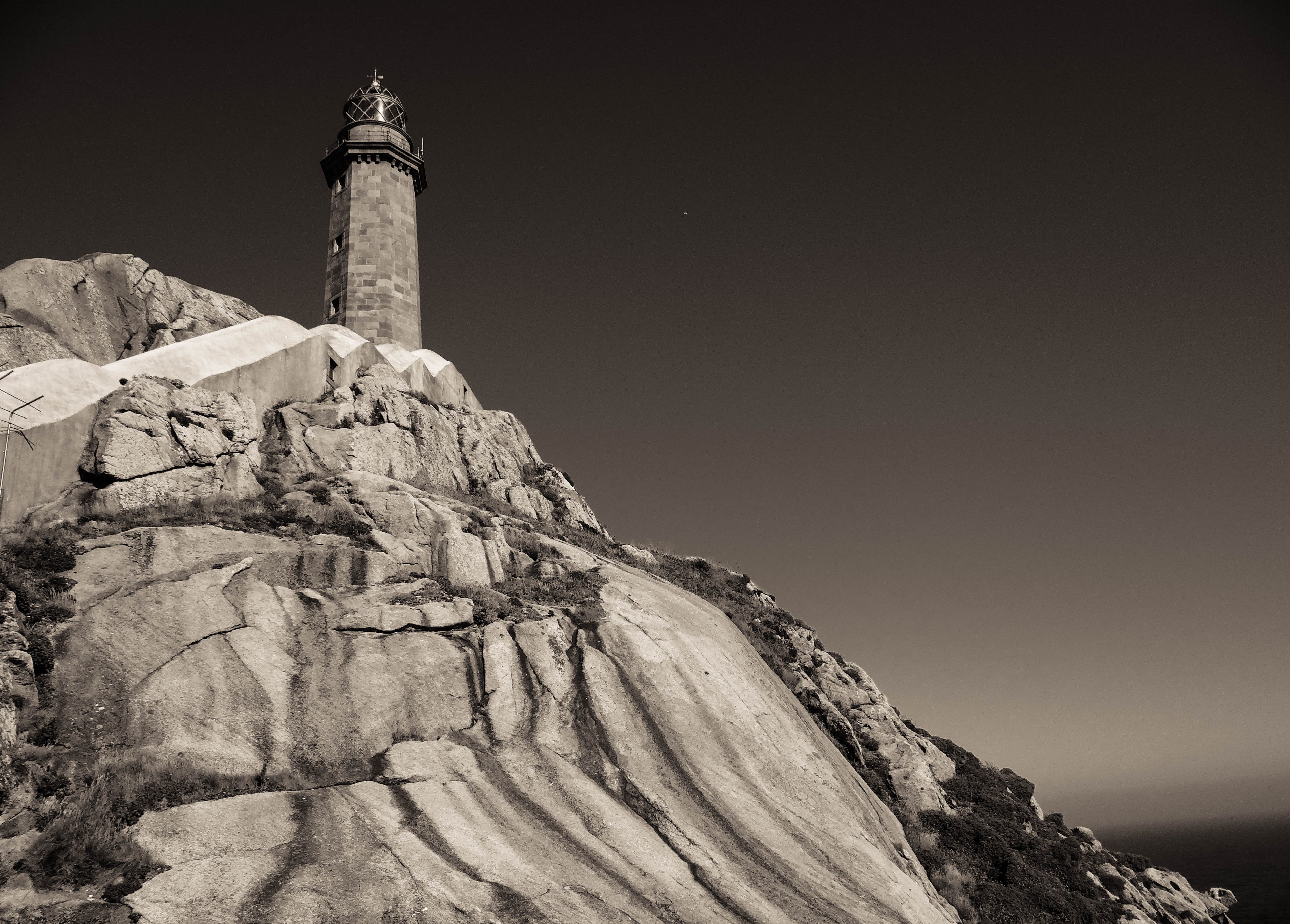The mysteries of the Costa da Morte
What are you waiting for? Pack your bags and go explore the "Costa da Morrrrrrrte"!

HOW DID THE NAME "COSTA DA MORTE" ORIGINATE?
It comes from various ancient legends about ships and sailors lost in terrible storms off its rocky shores.
According to a study, the term was used for the first time in the newspaper Noroeste de Galicia in 1904.
But don't be fooled by that name, this coastal area has been considered dangerous since the Middle Ages, with nicknames like "costa brava" and "costa asesina".
There is even a record of the use of the English term "Coast of Death" used by the British travel writer Annete Meaking in 1908.

WHAT ARE THESE LEGENDS OF THE "COSTA DA MORTE"?
This Coast has more legends than a horror movie. And it is not for less, with such a dramatic name, how could we not expect exciting stories?
The first tells us that in the past the town of Fisterra was considered to be "the End of the World". The ancients thought that this place was on the border with Death.
At that time, Flat Terrainism was something obvious and Fisterra was the closest European point to that "End of the World".
Another myth is due to the force of the sea that mercilessly crashes against the cliffs, turning the bottom of the sea into a cemetery for sailors and ships, adding up to 643 documented shipwrecks and 5,984 deaths in those incidents. Here you will find all the documented shipwrecks on the Costa da Morte: Shipwreck Catalogue. Costa da Morte - Galicia .
A third myth tells us about the Camino de las Estrellas, today known as the Camino de Santiago, which ended in Fisterra and was where ancient Celtic walkers came from all over Europe to see the sun die every day and be reborn to a new life of light. .
Finally, the oldest legend tells us how, in ancient times, sailors were guided by shells and bonfires lit by women on the headlands to show their men the way back to land. However, on nights of bad weather, some countrymen deceived other sailors by hanging lighted lanterns on cows, which, with the gait of the animals, pretended to be nearby ships. Those ships would come close to shore and crash against the rocks, allowing the locals to pull them out and kill the castaways.

WHERE EXACTLY IS THE "COSTA DA MORTE"?
This coastal area is located in the Northwest of Spain, more specifically in Galicia.
Although we do not know exactly where it begins and ends, some say that it goes from Malpica to Fisterra, but others define it from Caión beach to Carnota. But don't worry, here's a Google Maps link so you can easily locate it.
And speaking of Fisterra, did you know that there is a popular belief that it is the westernmost point of the Iberian Peninsula? Well, nothing could be further from the truth, that the westernmost point is at Cabo da Roca in Portugal. But come on, that does not take away an iota of charm from Fisterra and its surroundings.
Whether to relax or explore, this 200 kilometer area will leave an unforgettable impression on all who dare to face it. It's easy to see why it has become such a popular destination for backpackers and travelers alike despite carrying such a morbid name.
Don't think about it anymore, the "Costa da Morte" is waiting for you with open arms.
What are you waiting for to discover this unknown treasure?







